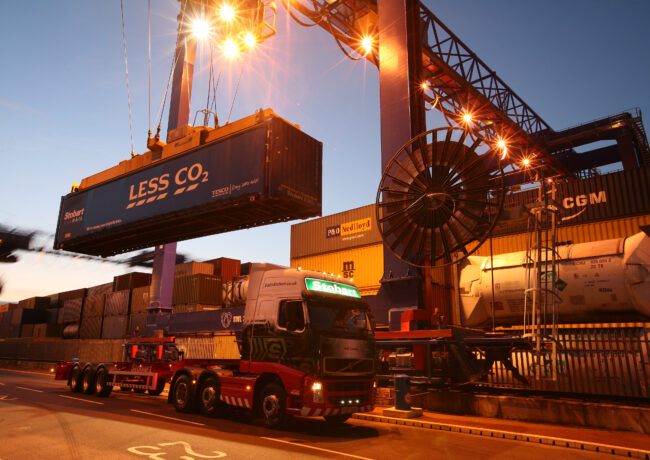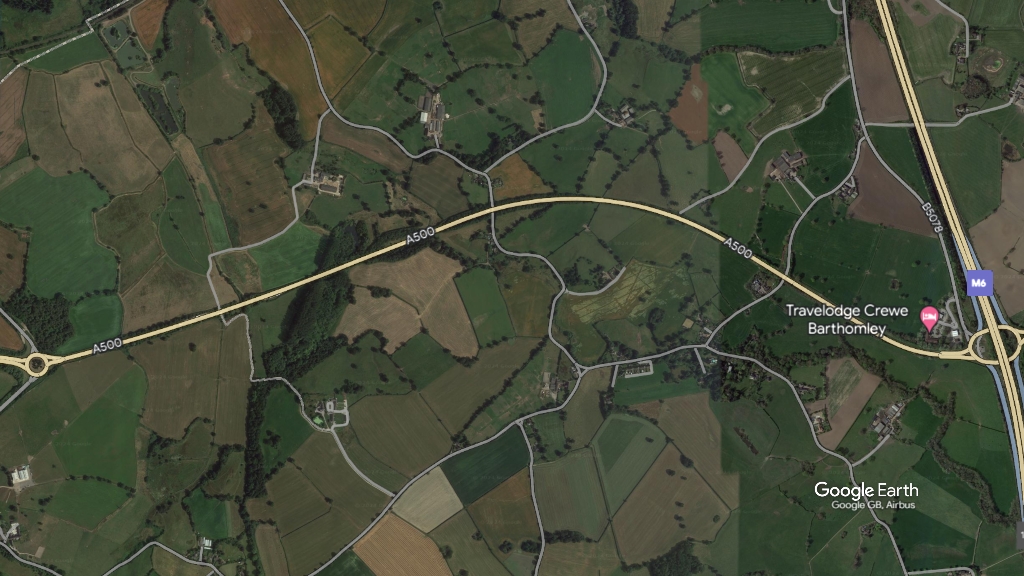Economic report confirms Halton’s logistics growth
The borough of Halton on the border of Merseyside and Cheshire is enjoying a logistics boom and reducing its traditional dependence on the chemicals industry, according to a new report.
The Halton Economic Review 2008, written by Pion Economics & Cambridge Econometrics for Halton council, found distribution and transport services generated £339m in gross value added to the borough's economy in 2007.
The impact on industrial property, the report said, was that while large requirements over 100,000 sq ft remained rare the borough was an increasingly popular alternative to Warrington and the Potteries, due to their scarcity of land.
However, the report also states that as inward investment grows, there is a future land shortage looming in Halton, with around 25 acres a year needed for employment uses and only around 50 acres available at present. While the report identified 500 acres of development land much of it was in specialist operational use – such as manufacturing – or was 'accounted for' by private ownership.
Around 150 acres of readily available development land must be found 'to allow the property market to function effectively'.
The share of GVA delivered by the transport and communications sectors is expected to grow further between now and 2020.
The logistics boom is led by Stobart's Mersey Multimodal Gateway, 3MG, a combined rail, road and seaport distribution gateway on the River Mersey at Widnes, pictured above. Stobart is working through a phased expansion of the warehousing and contrainer yards on the 200-acre site. It plans to take capacity to 3.5m sq ft and create approximately 5,000 new jobs. Halton Council retains a large land interest in the site for which occupiers are being actively sought.
Cllr Rob Polhill, executive board member and deputy leader of Halton council, said: "It is well recorded that the chemicals industry, which has been one of the mainstays of the local economy for decades, has been restructuring and consolidating its operations in recent years as other traditional manufacturing industries are declining.
"Our growing expertise in logistics, however, is turning into a real competitive strength and we are consciously exploiting our natural geographic assets to build capability in transport and warehousing."
Overall activity has also grown in the past decade, with the number of businesses in Widnes and Runcorn up by almost 30%. There are now 2,400 VAT-registered businesses in the borough, which has seen faster growth than the North West and the rest of the UK. The report adds that economic growth is expected to outstrip NW averages between 2009 and 2020, at more than 2% a year and total employment expected to rise by 4,000 people during that period.
Halton contributed £2.2bn to the North West economy during 2007, which equates to 2.06% of the region's total GVA.
- For a full copy of the report please visit http://www.halton.gov.uk/property/home.asp




